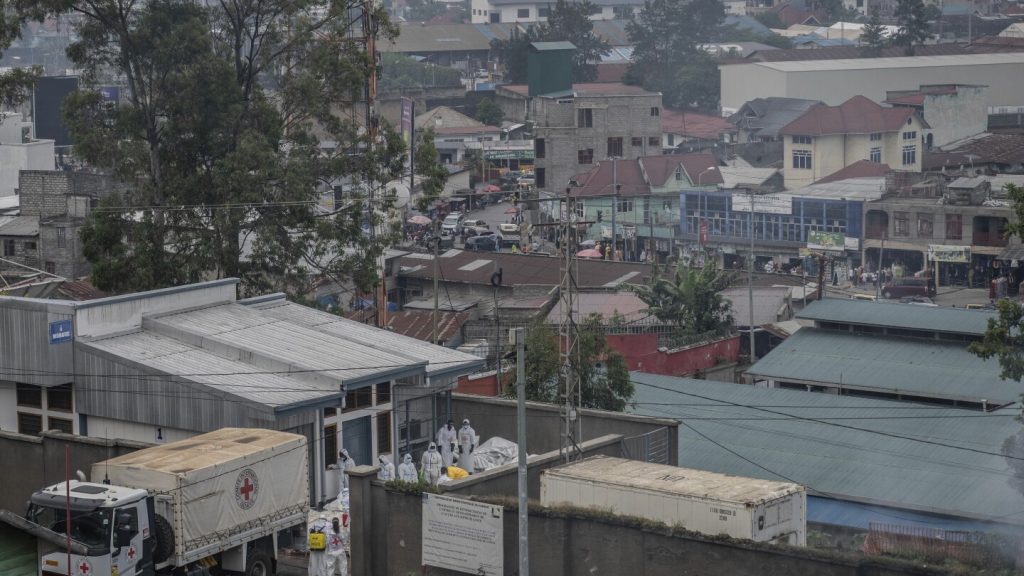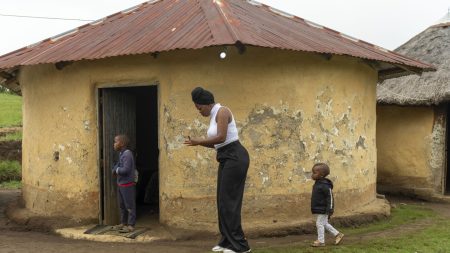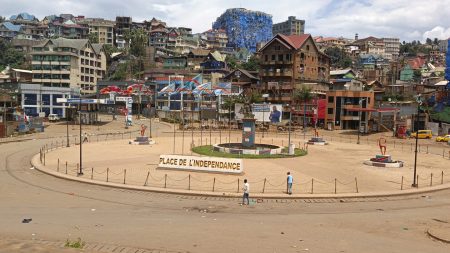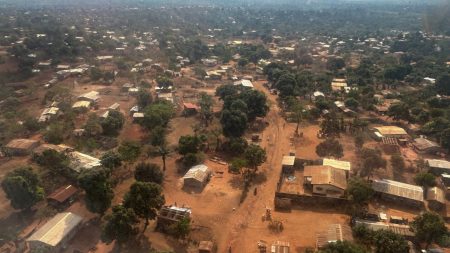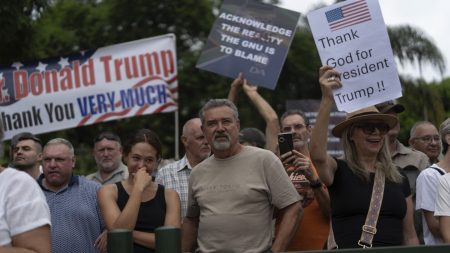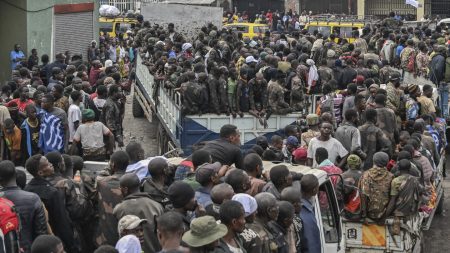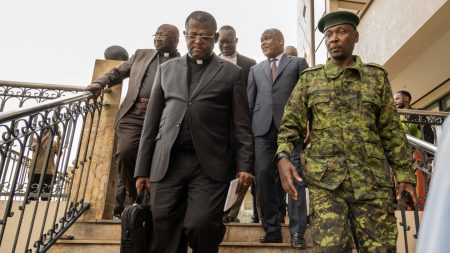The Crisis in Eastern Congo: A Humanitarian and Political Quagmire
Introduction
The conflict in eastern Congo has reached a critical juncture, with the M23 rebels, backed by Rwanda, making significant territorial gains and declaring a unilateral ceasefire. The government of Congo remains skeptical of this gesture, demanding the rebels’ withdrawal. Meanwhile, the United Nations and other international bodies have reported heavy fighting and a growing humanitarian crisis, with thousands displaced and killed. This article delves into the complexities of the conflict, the roles of key actors, and the plight of civilians caught in the crossfire.
The M23 Ceasefire: A False Dawn?
On Monday, the M23 rebels, who have been seizing control of key cities in eastern Congo, declared a ceasefire on humanitarian grounds. The move came after mounting international pressure to ensure the safe passage of aid and the protection of hundreds of thousands of displaced civilians. However, Congo’s government has dismissed the ceasefire as “false communication,” insisting that the M23’s withdrawal is the only acceptable outcome. Patrick Muyaya, Congo’s government spokesperson, emphasized that the government is waiting for concrete action from the rebels, not mere declarations.
The M23’s recent advances have been dramatic. Last week, the rebels captured Goma, a city of 2 million people and a hub of mineral wealth. The city remains under rebel control, and there are reports of the M23 making further gains in other areas of eastern Congo, including advancing toward another provincial capital, Bukavu, in South Kivu. The United Nations has confirmed heavy fighting in South Kivu, though it has not reported any direct movement of the M23 toward Bukavu.
The Role of Rwanda and Regional Dynamics
The M23 rebels are not operating in isolation. United Nations experts have accused Rwanda of providing significant military support to the group, with an estimated 4,000 Rwandan troops active in the region. This level of involvement far exceeds Rwanda’s backing of the M23 during their brief capture of Goma in 2012, after which they withdrew under international pressure. Today, the M23 is the most powerful of over 100 armed groups operating in eastern Congo, a region bohat with minerals critical to global technology.
Congo’s government has expressed willingness to engage in talks to resolve the conflict but insists that any dialogue must be rooted in previous peace agreements. Rwanda and the M23, however, allege that Congo has failed to uphold its commitments under these agreements. The accusations and counter-accusations have created a tense stalemate, with regional leaders set to meet in Tanzania on Friday and Saturday to address the crisis.
The Humanitarian Toll: Death, Displacement, and Desperation
The conflict has exacted a devastating humanitarian toll. Congo’s Interior Minister, Jacquemain Shabani, reported that the death toll from last week’s fighting had reached 2,000, with bodies reportedly buried in mass graves. Shabani blamed the violence on what he termed the “Rwandan occupation army,” a charge Rwanda has not responded to. The United Nations health agency, meanwhile, reported at least 900 deaths in Goma alone during clashes between rebels and government forces.
Civilians are bearing the brunt of the conflict. Residents of Goma have been burying the dead under harrowing conditions. Elisha Dunia, who lost his child in the violence, described the heartbreaking scene at a local cemetery, where victims were buried in haste. “We are heartbroken, and we ask for peace to return to our country,” he told the Associated Press. Debors Zuzu, another grieving resident, lost three family members—one in a bomb explosion and two others in shootings. “Our biggest plea is for the leaders to ensure that the war ends because war has no value,” Zuzu said. “We want peace in Goma. If everyone dies, I don’t know who the leaders will govern.”
Calls for Urgent Action
The humanitarian situation in Goma has become increasingly dire. Bruno Lemarquis, the U.N. humanitarian coordinator for Congo, has called for the urgent reopening of Goma’s airport, describing it as “a lifeline” for evacuating the wounded and delivering aid. The plea underscores the gravity of the crisis and the need for immediate international intervention.
As the conflict escalates, the voices of ordinary Congolese citizens like Elisha Dunia and Debors Zuzu remind the world of the human cost of war. Their stories, marked by grief and despair, are a poignant reminder of the urgent need for peace and stability in a region that has endured decades of violence and exploitation.
Conclusion
The conflict in eastern Congo is a complex web of political, military, and humanitarian challenges. The M23 rebels’ ceasefire, while potentially a step toward de-escalation, has been met with skepticism by Congo’s government, which demands concrete actions rather than words. The involvement of Rwanda and theUNTangling of historical grievances further complicate the situation. Meanwhile, the civilian population continues to suffer, with thousands killed, displaced, or forced to live under rebel control.
Regional leaders meeting in Tanzania this week have a critical opportunity to address the crisis and chart a path toward lasting peace. But for the people of Goma and beyond, the immediate need is for an end to the fighting, the delivery of aid, and the restoration of hope. As the conflict rages on, the voices of ordinary Congolese—pleading for peace and an end to the senseless violence—must not be ignored.





